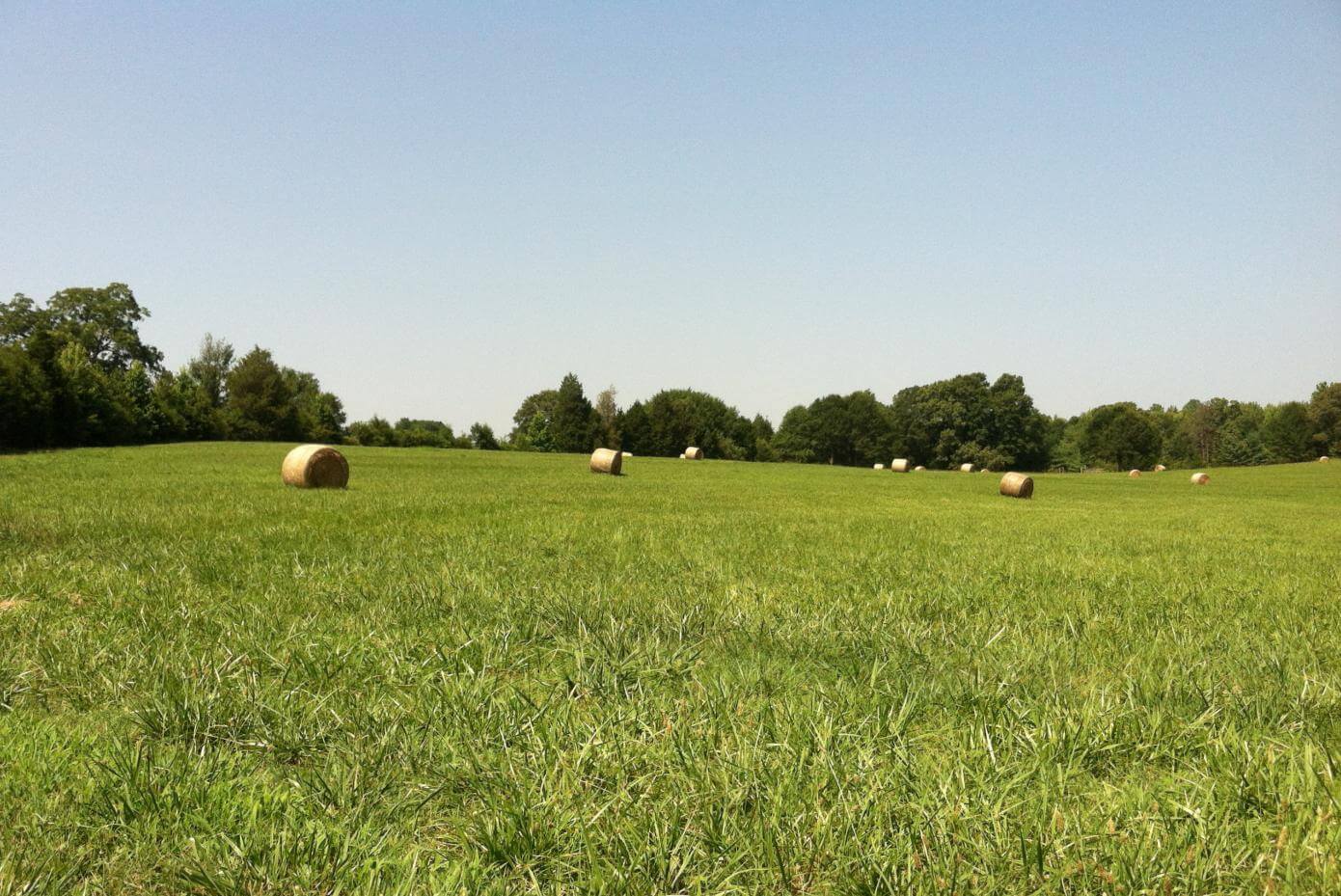Not THIS LOW Since 1957
According to the USDA, hay stock levels are at a level so low that you’d have to go back 56 years to find a matching record. At a reported 75.6 million tons , the December inventory is 30 million tons below the 2001-10 average December inventory level of 106 million tons. Additionally, total 2012 US hay production was only 120 million tons, 18% below average annual hay yields between 2006-2010.
Alfalfa hay prices are also busting through the roof, easily 50% higher than the five year average. While cow numbers have dropped also over the years, the ratio of cow stocks to hay stocks is still up 30% over the 10-year average.
Will this result in increased hay plantings in 2013? We hope so. Regardless, such inventories can mean higher values to hay producers. This is all the more reason to promote higher yielding forage varieties, like our Persist Orchardgrass and our high yielding forage tall fescues, Cajun II and Hymark. Compare their performance to other varieties in your market and promote their added profitability.
High Prices, Less Options for Spring
Whether you saw it coming or not, the higher prices of forage, turf, and cover-crop seeds are still somewhat shocking. Just in the past 4-5 months, turf-type ryegrass and fescues are up at least 12%, orchardgrass up 20%, forage fescues up 15%, Kentucky bluegrasses up 18%, to name a few. If you bought early, that’s good news; your inventory is now worth more. Do keep in mind that replacement costs on many items are now higher.
Also keep in mind that as more items reach the “sold out” stage, demand for replacement seeds increase. The remainder of this spring and early summer business will likely wipe out significant inventories of numerous varieties. And unlike the manufacturing sector, we can’t just “create” more seed. We’ve got to wait until harvest, which right now, feels like a long ways away.
How Grass Grows - Part 1: The Germination Process
“The germination process begins when water is absorbed (imbibed) by the seed. Imbibition results in a cascade of signals that direct development: Gibberellin hormones signal the production of hydrolytic enzymes that function to break down the starch endosperm to simpler carbohydrates and amino acids for nourishing the embryo. The radicle (or primary root) is the first structure to emerge from the embryo, followed by the coleoptile. The coleoptile is a translucent (non-photosynthesizing) protective tissue through which the first leaf emerges. Concurrently, branched primary roots develop.”
VA Tech’s How Grass Grow’s interactive presentation. See the full presentation under our Resource section at www.SmithSeed.com

